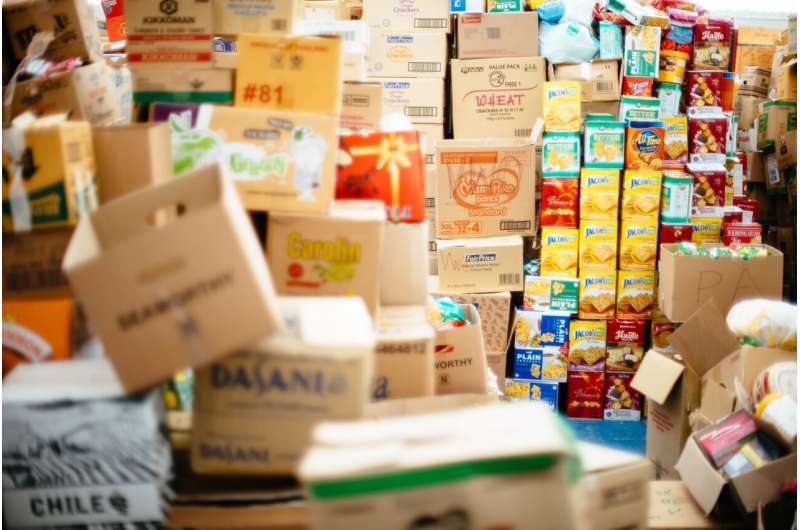
We shake cereal boxes and milk cartons to figure out if there is enough for breakfast. We can easily tell if there is enough toothpaste left in the tube, or if we have enough vitamin tablets left in a bottle. For these actions, we rely on our sense of touch (and hearing). New research led by Ilja Frissen, Associate Professor in McGill’s School of Information Studies, with Professor Catherine Guastavino, demonstrates a natural human ability to understand how an object moves inside a container, providing new insights into the different kinds of information that can be conveyed through the sense of touch.
In the future, Frissen said, understanding how people can decipher the hidden contents of a container could help create a more natural and comprehensive communication between humans and machines, such as smart devices, as well as educational simulation tools and accessibility technologies for those with visual impairments.
Researchers created a set of five fiberglass tubes that contained a metal ball that could move between two internal walls. Seventeen people participated in this perceptual study. They were asked to figure out how far the ball had rolled inside the tube. In a second experiment, researchers used virtual reality technology to simulate and isolate the various physical cues that occur, such as the ball rolling along a surface or bouncing off an internal wall. “We found that our participants, who received no particular training, were surprisingly accurate in doing this curious task. And thanks to the virtual reality technology we were able to start piecing together how the various physical cues played a role,” Frissen said.
Source: Read Full Article